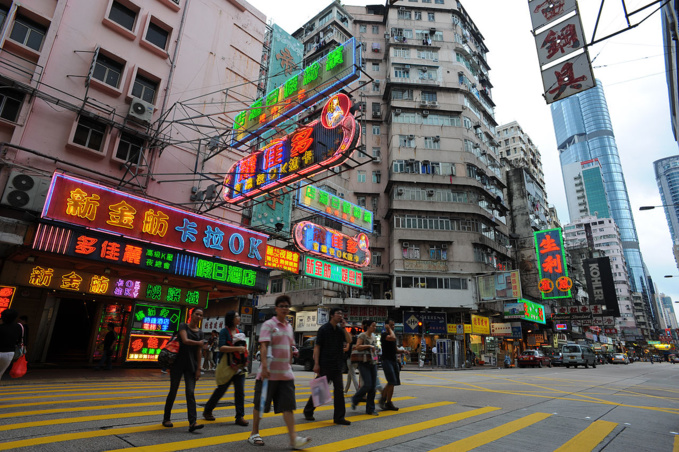According to data published on Monday by the National Bureau of Statistics, China's economy in the II quarter increased by 6.9%, unchanged from the first quarter. The result was ahead of expectations of growth of 6.8% by economists surveyed by The Wall Street Journal.
Reliable foreign supplies, reflecting the renewed strength in the world economy, and sustainable consumption within the country helped offset the slowdown in investment. As a result, China managed to meet the target growth rate of 6.5% for the year, although there remain concerns about to what extent the economy will slow in the second half of the year.
On a quarterly basis, China's gross domestic product (GDP) grew by 1.7% compared to the previous three months on a seasonally adjusted basis, the bureau added, compared to 1.3% in January-March. This fact indicates that the economy’s dynamics can be better than the data for the year.
In June, industrial production in China has been going at a faster pace, which indicates a continuing stability in the world's second-largest economy.
The volume of industrial products with added value, an approximate indicator of economic growth, in June grew by 7.6% compared to the previous year. In May, the growth reached 6.5%. The growth exceeded the average forecast of 6.5% by 14 economists surveyed by The Wall Street Journal.
Compared to the previous month, industrial production in June increased by 0.81%, in May the growth was 0.51%.
Investments in fixed assets in non-working areas of China increased by 8.6% in the first half of 2017 compared to the same period last year, which is 8.6% more than in January-May. The growth in investments in fixed assets, the closely watched indicator of construction activity, outpaced the average forecast of growth economists by 8.4%.
Retail sales grew by 11% in June compared to the previous year, accelerating from 10.7% in May. The indicator was above the average forecast by 10.7% in June.
Retail sales in June rose by 0.93% compared with the previous month. In May, they grew by 0.86%.
source: wsj.com
Reliable foreign supplies, reflecting the renewed strength in the world economy, and sustainable consumption within the country helped offset the slowdown in investment. As a result, China managed to meet the target growth rate of 6.5% for the year, although there remain concerns about to what extent the economy will slow in the second half of the year.
On a quarterly basis, China's gross domestic product (GDP) grew by 1.7% compared to the previous three months on a seasonally adjusted basis, the bureau added, compared to 1.3% in January-March. This fact indicates that the economy’s dynamics can be better than the data for the year.
In June, industrial production in China has been going at a faster pace, which indicates a continuing stability in the world's second-largest economy.
The volume of industrial products with added value, an approximate indicator of economic growth, in June grew by 7.6% compared to the previous year. In May, the growth reached 6.5%. The growth exceeded the average forecast of 6.5% by 14 economists surveyed by The Wall Street Journal.
Compared to the previous month, industrial production in June increased by 0.81%, in May the growth was 0.51%.
Investments in fixed assets in non-working areas of China increased by 8.6% in the first half of 2017 compared to the same period last year, which is 8.6% more than in January-May. The growth in investments in fixed assets, the closely watched indicator of construction activity, outpaced the average forecast of growth economists by 8.4%.
Retail sales grew by 11% in June compared to the previous year, accelerating from 10.7% in May. The indicator was above the average forecast by 10.7% in June.
Retail sales in June rose by 0.93% compared with the previous month. In May, they grew by 0.86%.
source: wsj.com



















